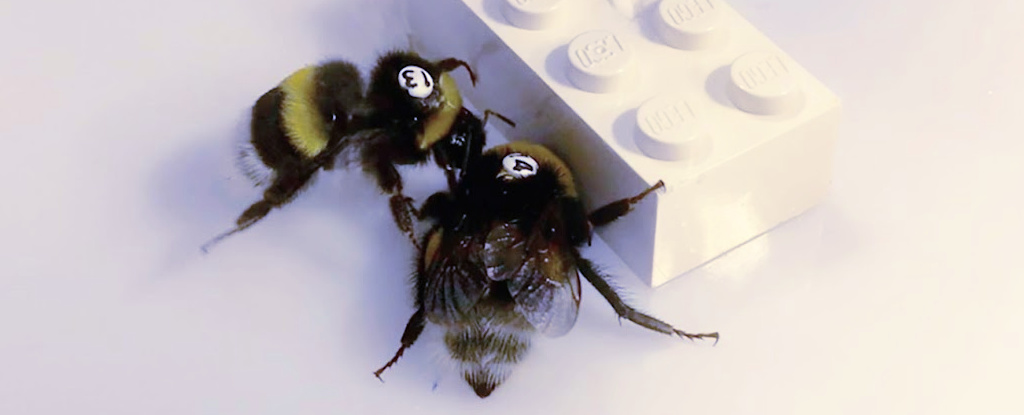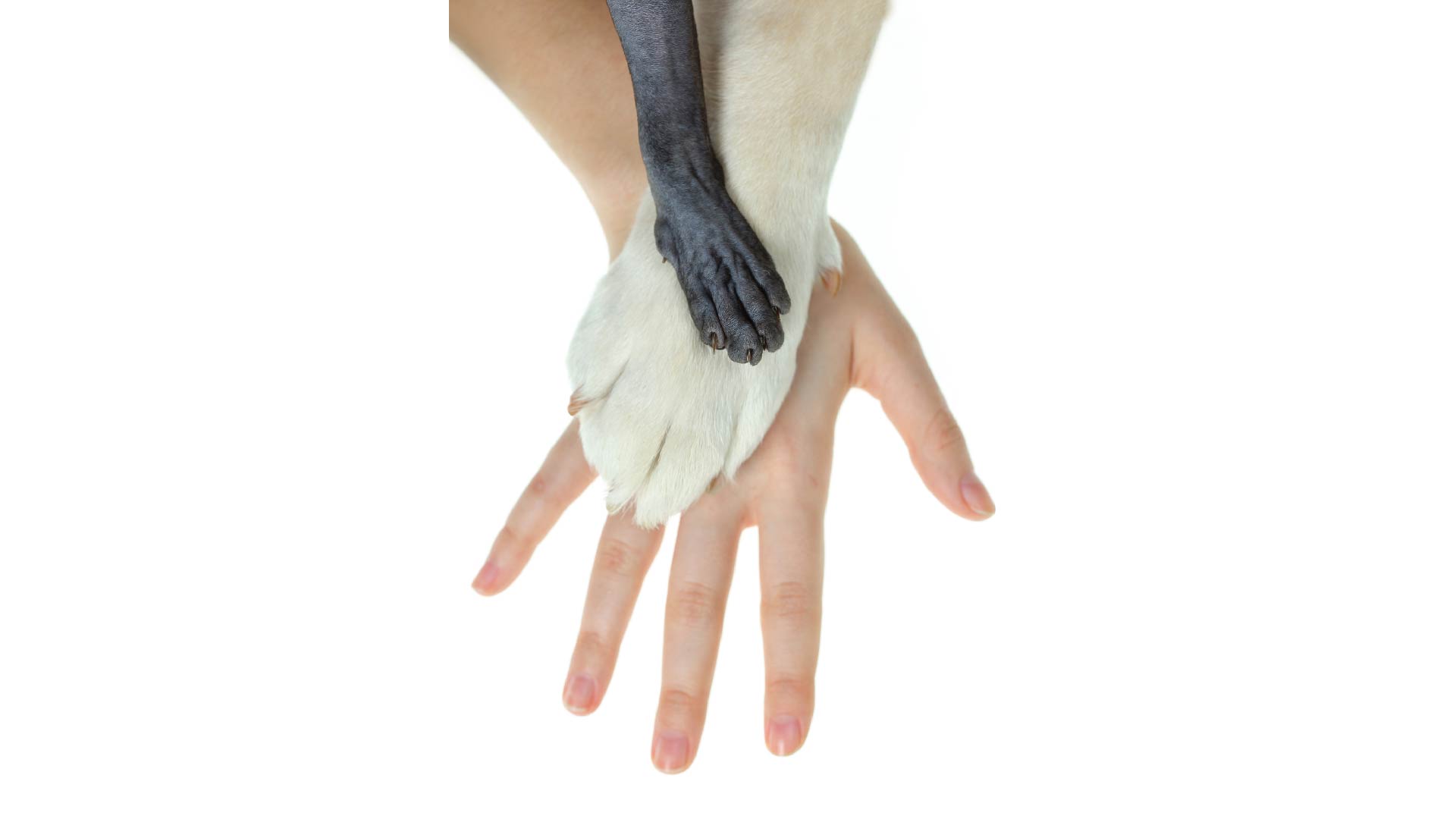Sensors, Vol. 23, Pages 7733: Development of a Cloud-Based Image Processing Health Checkup System for Multi-Item Urine Analysis
Sensors doi: 10.3390/s23187733
Authors: Yu-Lin Wu Chien-Shun Wang Wei-Chien Weng Yu-Cheng Lin
With the busy pace of modern life, an increasing number of people are afflicted by lifestyle diseases. Going directly to the hospital for medical checks is not only time-consuming but also costly. Fortunately, the emergence of rapid tests has alleviated this burden. Accurately interpreting test results is extremely important; misinterpreting the results of rapid tests could lead to delayed medical treatment. Given that URS-10 serve as a rapid test capable of detecting 10 distinct parameters in urine samples, the results of assessing these parameters can offer insights into the subject’s physiological condition. These parameters encompass aspects such as metabolism, renal function, diabetes, urinary tract disorders, hemolytic diseases, and acid–base balance, among others. Although the operational procedure is straightforward, the variegated color changes exhibited in the outcomes of individual parameters render it challenging for lay users to deduce causal factors solely from color variations. Moreover, potential misinterpretations could arise due to visual discrepancies. In this study, we successfully developed a cloud-based health checkup system that can be used in an indoor environment. The system is used by placing a URS-10 test strip on a colorimetric board developed for this study, then using a smartphone application to take images which are uploaded to a server for cloud computing. Finally, the interpretation results are stored in the cloud and sent back to the smartphone to be checked by the user. Furthermore, to confirm whether the color calibration technology can eliminate color differences between different cameras, and also whether the colorimetric board and the urine test strips can perform color comparisons correctly in different light intensity environments, indoor environments that could simulate a specific light intensity were established for testing purposes. When comparing the experimental results to real test strips, only two groups failed to reach an identification success rate of 100%, and in both of these cases the success rate reached 95%. The experimental results confirmed that the system developed in this study was able to eliminate color differences between camera devices and could be used without special technical requirements or training.

 7 months ago
16
7 months ago
16


